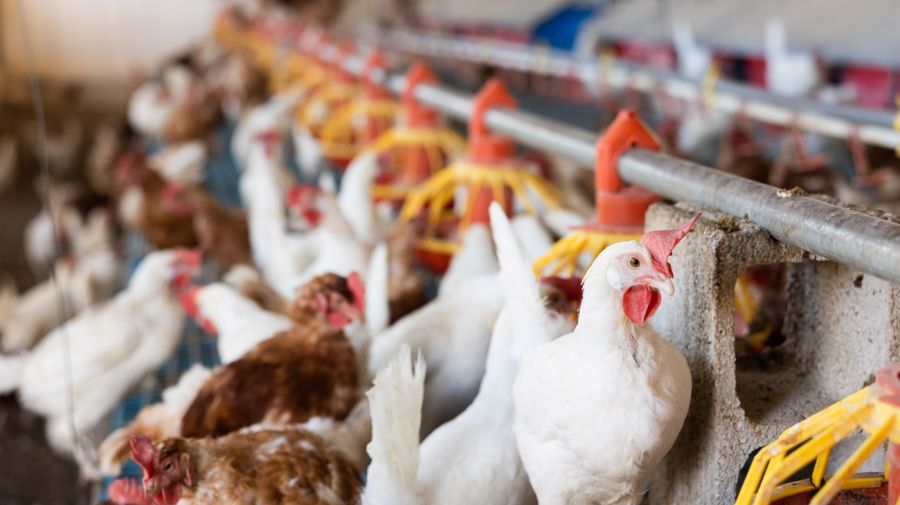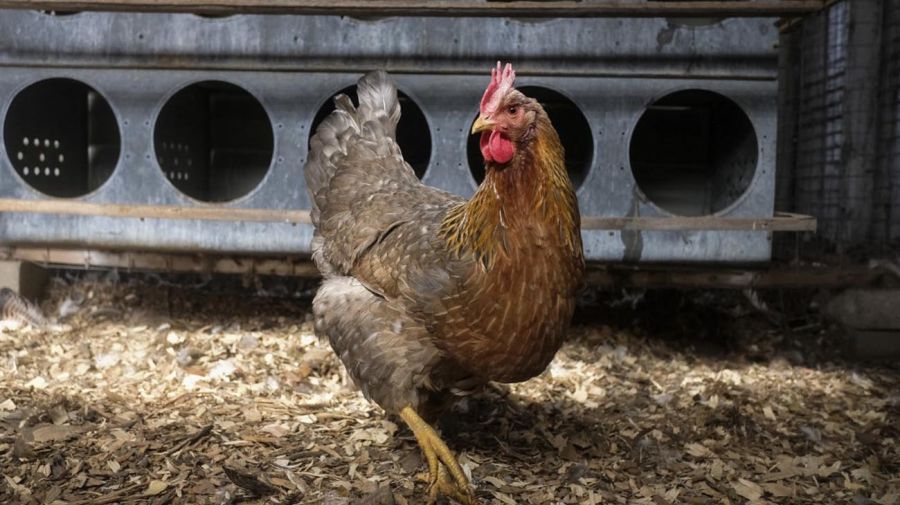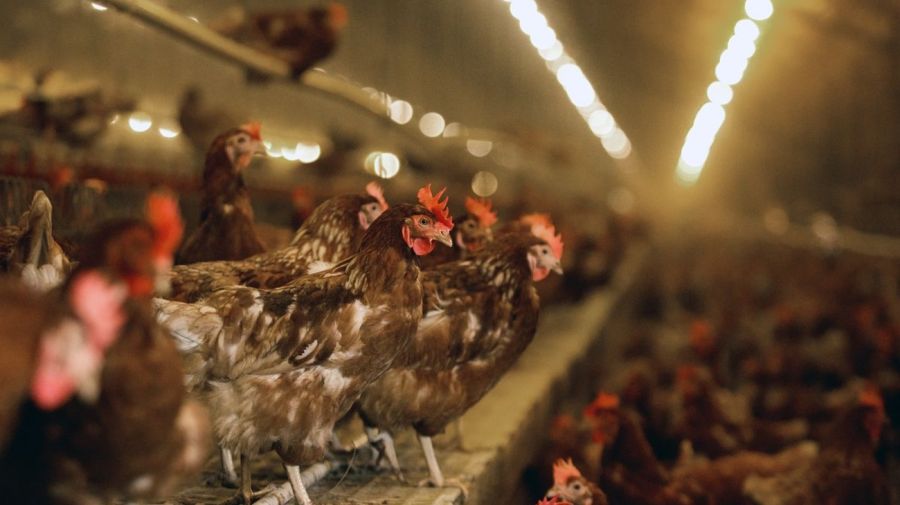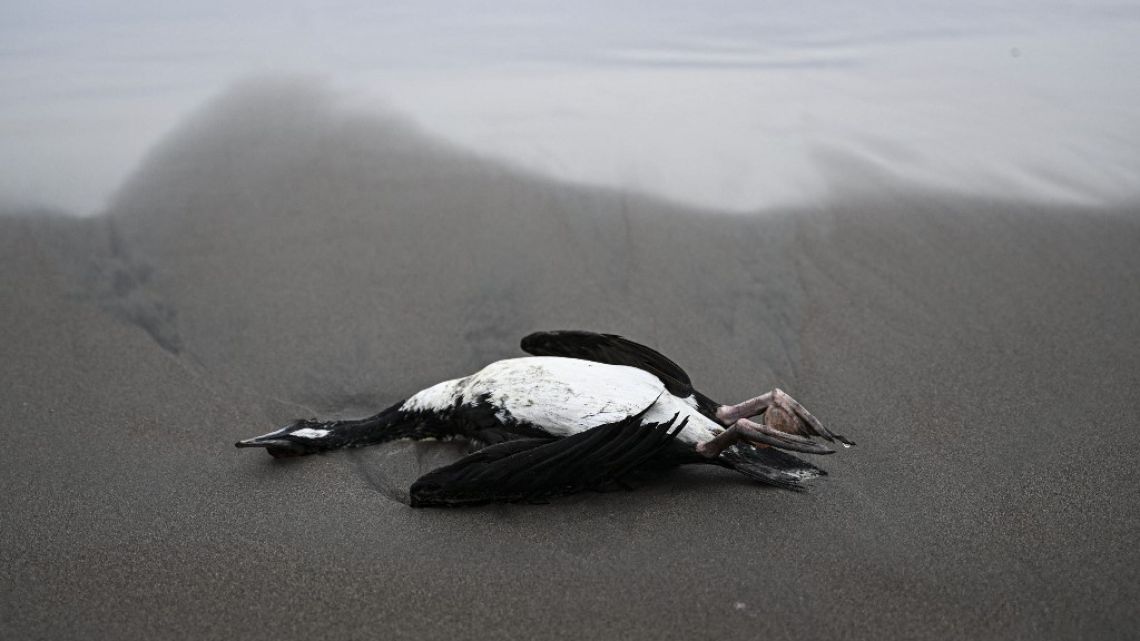Major vaccine manufacturers are bracing for the possibility that the bird flu H5N1 viruswhich has already killed or forced the slaughter of hundreds of thousands of animals around the world, mutates to infect humans and thus unleash a new pandemic.
Epidemiologists argue that the risk to humans is low, but after Covid-19, the specter of another pandemic that kills hundreds of millions of lives around the world accelerated scientific research.
While Sanofi already have a vaccine against the virus H5N1 clade 2.3.4.4b -which could serve as a basis for producing injections adapted to the strain currently circulating- the companies GSK, Moderna and CSL Seqirus announced that they began to develop their own vaccines.
The executives told the news agency Reuters that they are developing or about to test “sample human vaccines that best match the circulating subtype, such as precautionary measure against a future pandemic“.
Bird flu adds to ‘dollar drought’ and complicates poultry business
Meanwhile, Sanofi, one of the world‘s largest pharmaceutical companies, said it are “ready” to start mass production of the vaccine if necessarywith existing H5N1 vaccine strains in stock.
Raffael Nachbagauer, CEO of infectious diseases at Moderna, told the site Politico that his company is beginning clinical studies for an avian influenza mRNA vaccine this year in light of the possibility of a pandemic.
Moderna said wait supply a human vaccine “within two months of a true pandemic outbreak.”
Given this, experts agree on the need to better organize the distribution of vaccines in the world while the stock is limited, according to Reuters.

“We could have a much worse problem with vaccine hoarding and vaccine nationalism in a flu outbreak than we saw with Covid”said Richard Hatchett, executive director of the Coalition for Epidemic Preparedness Innovations (CEPI), which helps fund vaccine research.
Since 2021, the world has experienced one of the worst avian flu outbreaks, infecting or killing more than 200 million birds worldwide and thousands of mammals, including minks in Spain, seals in the United States, lions and sea lions in Peru and dolphins in the UK.
Avian flu in humans: an 11-year-old girl died after becoming infected and her father was also infected
The virus also infected mammals, such as foxes and brown bears, probably from feeding on sick birds. epidemiologists see contagion from mammals as a warning sign to intensify surveillance of the virus instead of a signal of a new pandemic.
Since the first cases were reported in October 2022 in Latin America, numerous countries have reported sick animals, including Mexico, Honduras, Guatemala, Panama, Cuba, Ecuador, Peru, Venezuela, Bolivia, Chile, Uruguay, and Argentina.
In Peru, the most affected bird species were boobies, pelicans and guanayes, followed by tendrils, Dominican gulls, Peruvian gulls and gray gulls.

The disease arrived in the region through migratory birds and it spread inexorably from north to south and from west to east and the outbreak caused deaths in wild birds but also in sea lions and spread to backyard birds (for family consumption) and poultry.
In Argentina, since the first case was reported on a farm in early March, the export of poultry products has been suspended, although without affecting the domestic market since the disease is not transmitted to humans through consumption of chicken meat or eggs. Some 240,000 chickens died or were culled on farms.
Bird flu cases on the rise, outbreak blamed on “migratory birds” from the northern hemisphere
Although epidemiologists believe that the mutation of bird flu to humans is difficult, “it is highly plausible that a virus capable of being transmitted from mink to mink is capable of being transmitted from human to human”alerted Michelle Wille, an expert in the dynamics of wild bird viruses at the University of Sydney.
In early March, an 11-year-old girl died while her father tested positive for H5N1 in Cambodia, although the country’s health authorities said there was no human-to-human transmission of bird flu in the case.

The World Health Organization (WHO) expressed fear of a possible transmission between humans, but since 2021 so far only about half a dozen cases have been reported in people who had close contact with infected birds, and most of them were mild illnesses.
Humans rarely contract bird flu, but when they do, it is usually through direct contact with infected birds. In the last two decades there have been almost 900 confirmed cases of H5N1 (contagious strain of bird flu) in humans with 457 deaths, 53 percent of people diagnosed.
The British prepared for an “imminent pandemic” 20 years before Covid
The strain currently rampaging through bird populations did not evolve to infect humans, but it began to spread at an unprecedented rate in mammals after causing record deaths in birds. This increases the chance that the strain will acquire dangerous mutations.
WHO Director General Tedros Ghebreyesus warned in February: “Since H5N1 first appeared in 1996, we have only seen rare, non-sustained transmission of H5N1 to and between humansbut we cannot assume that this will continue to be the case and we must prepare for any change in the status quo.”
ds
You may also like
